Optimal Timing for Foundation Repairs
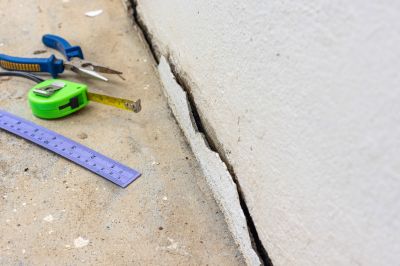
Spring offers favorable conditions for foundation repairs due to moderate temperatures and stable soil moisture.
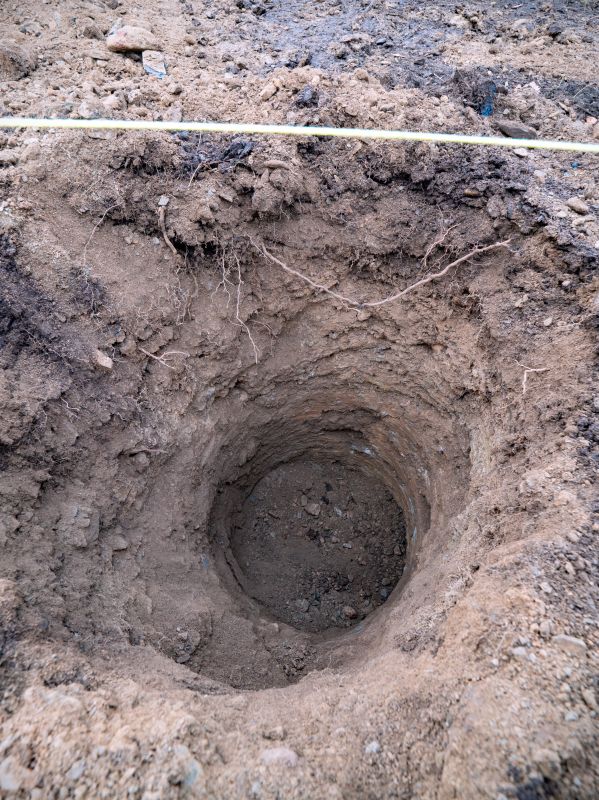
Summer can be suitable for repairs when soil is dry, reducing the risk of further shifting during the process.
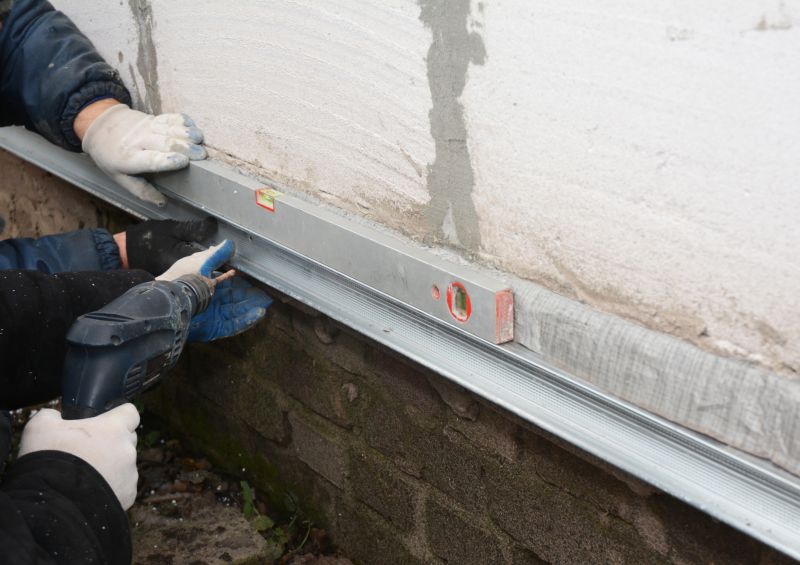
Fall allows for repairs before winter, preventing damage from freeze-thaw cycles.
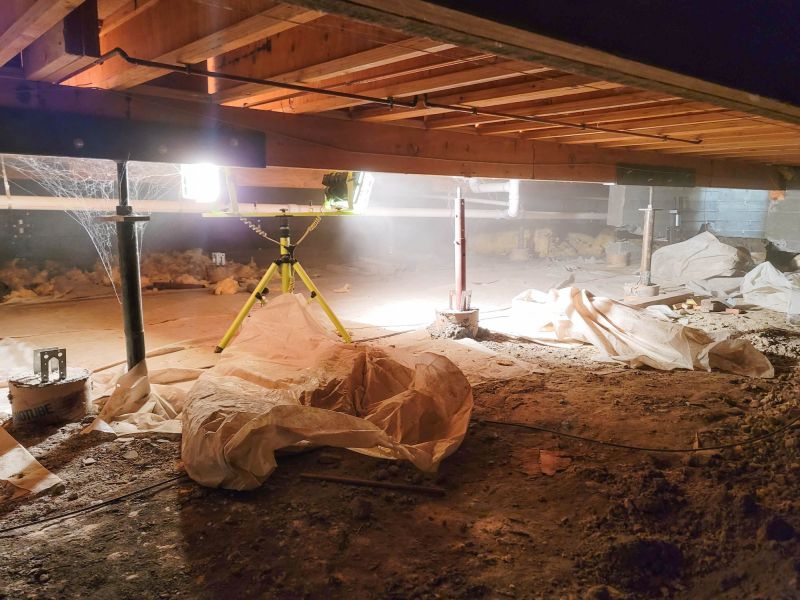
Ways to make Foundation Repairs work in tight or awkward layouts.
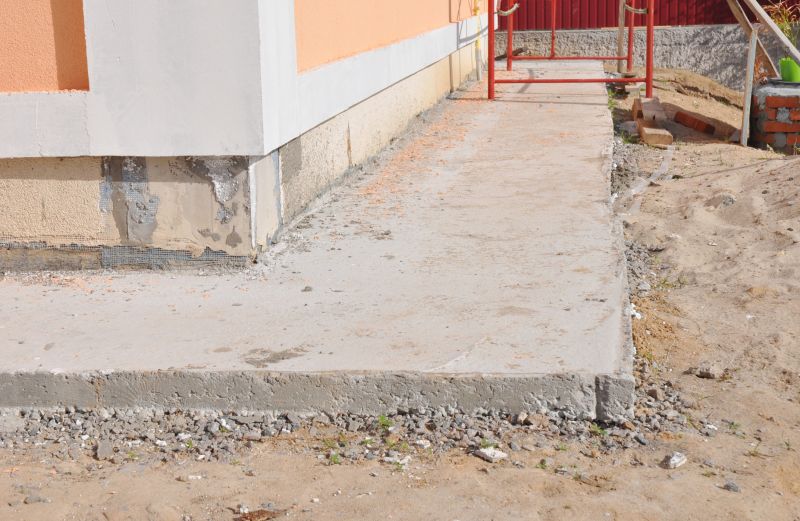
Popular materials for Foundation Repairs and why they hold up over time.
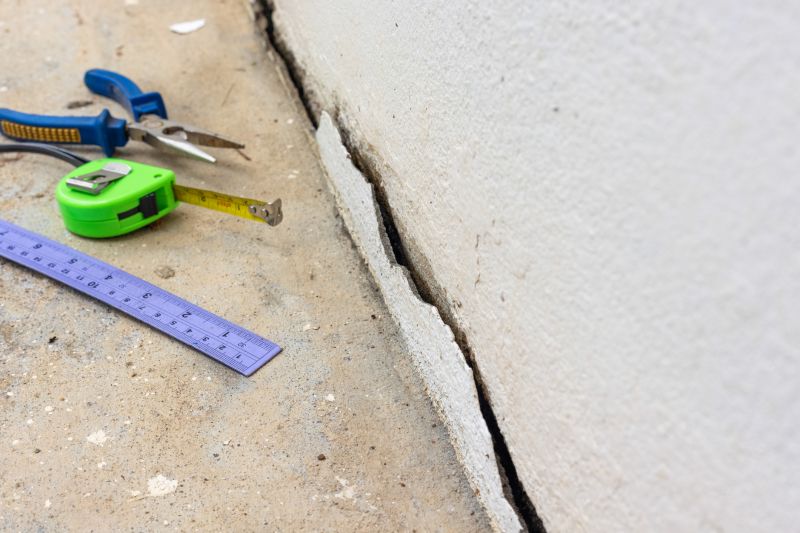
Simple add-ons that improve Foundation Repairs without blowing the budget.
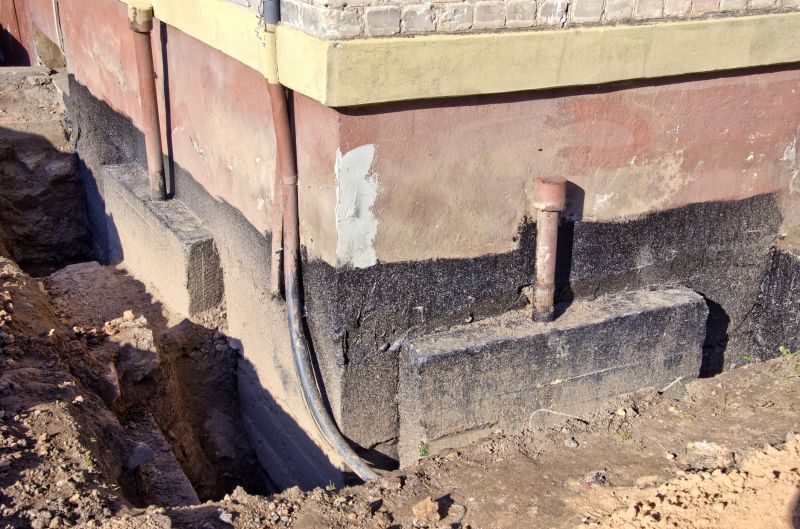
High-end options that actually feel worth it for Foundation Repairs.
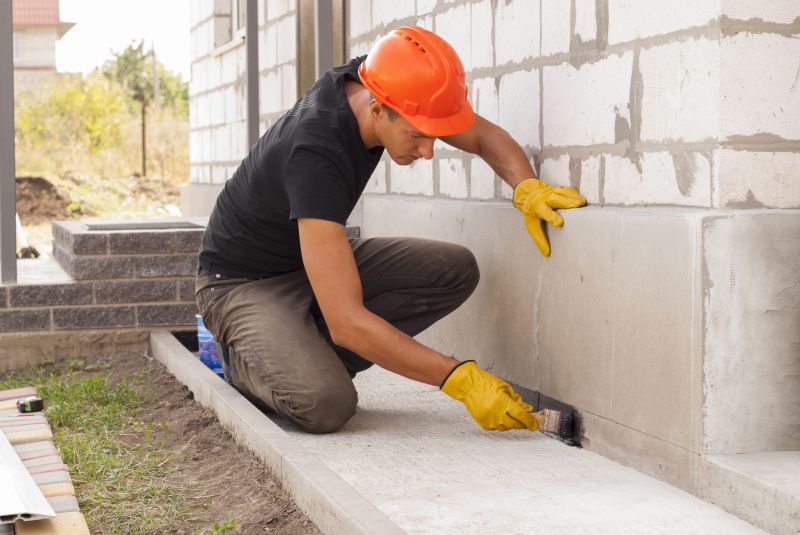
Finishes and colors that play nicely with Foundation Repairs.
Foundation repairs are essential for maintaining the structural integrity of a building. The timing of repairs can influence their effectiveness, with certain seasons offering more favorable conditions. Proper planning ensures that repairs are completed efficiently and with minimal disruption.
Statistics show that approximately 25 percent of homes in Ohio experience some form of foundation issues, often due to soil movement, moisture fluctuations, or temperature changes. Addressing these issues promptly can prevent further damage and costly repairs in the future.
Soil expands and contracts with moisture levels, making dry or moderate conditions ideal for foundation work.
Extreme cold or heat can hinder repair processes and affect material performance.
Scheduling repairs during optimal seasons can help prevent future foundation problems.
Understanding seasonal soil movement helps determine the best time for effective repairs.
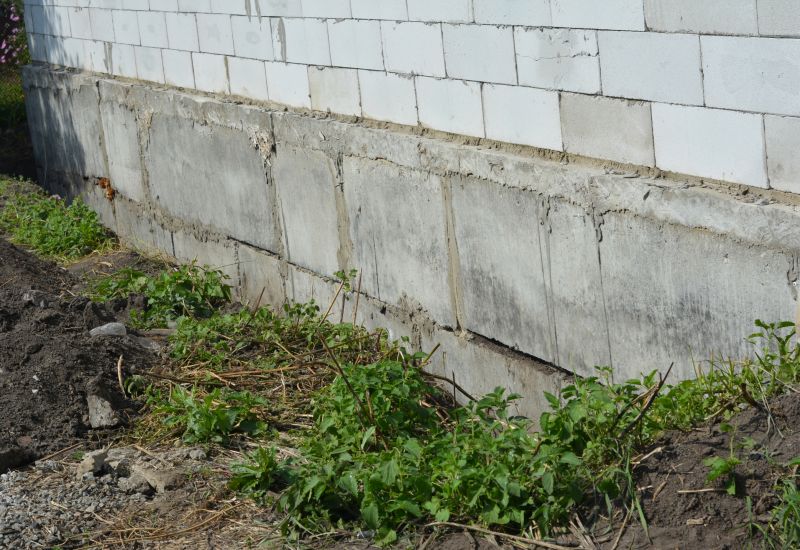
Spring's moderate weather and soil moisture levels make it an ideal time for foundation repairs.

Dry summer conditions facilitate easier repair work and material setting.
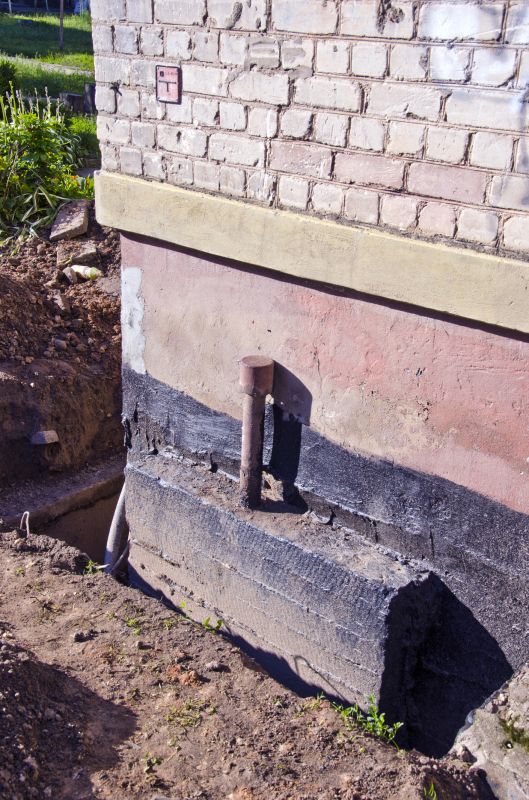
Fall allows repairs to be completed before winter's freeze-thaw cycles.

Little measurements that prevent headaches on Foundation Repairs day.
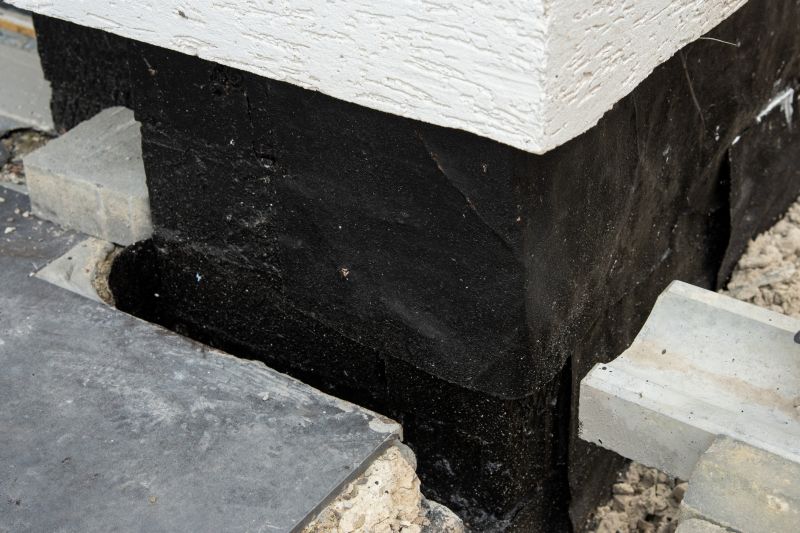
A 60-second routine that keeps Foundation Repairs looking new.
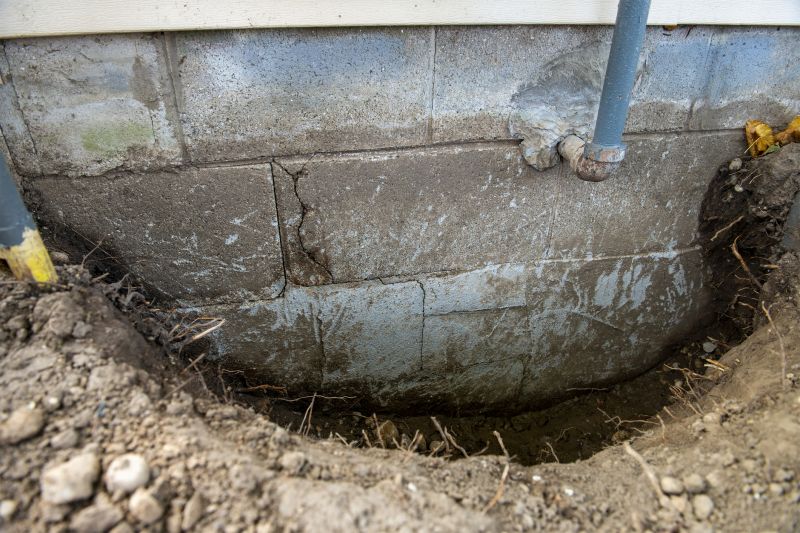
A frequent mistake in Foundation Repairs and how to dodge it.
| Season | Advantages |
|---|---|
| Spring | Ideal soil conditions and moderate temperatures |
| Summer | Dry weather and stable soil |
| Fall | Prepares foundation for winter |
| Winter | Not recommended due to freezing conditions |
| Late Fall | Potential delays due to weather |
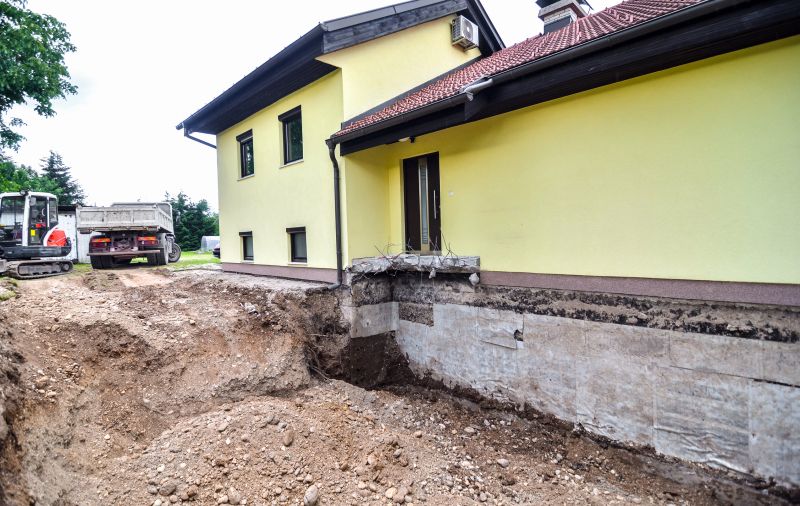
A detailed process includes assessment, excavation, stabilization, and backfilling.
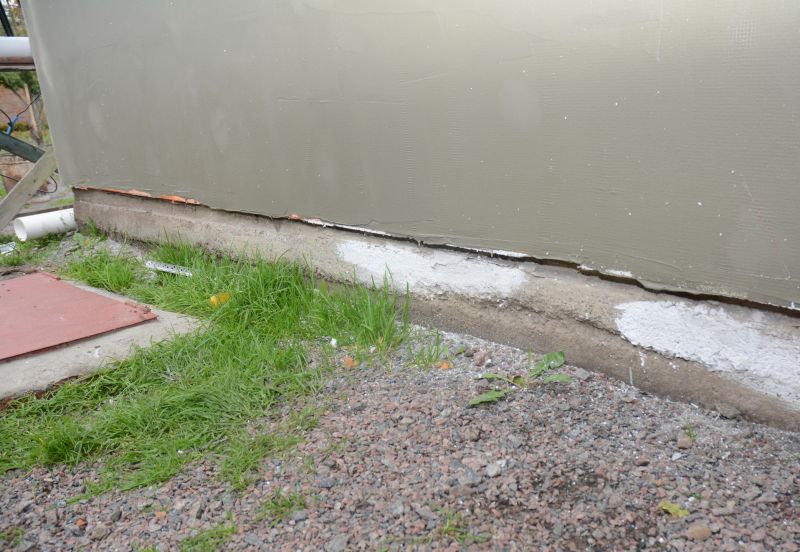
Cracks, uneven floors, and settling are typical signs indicating the need for repairs.
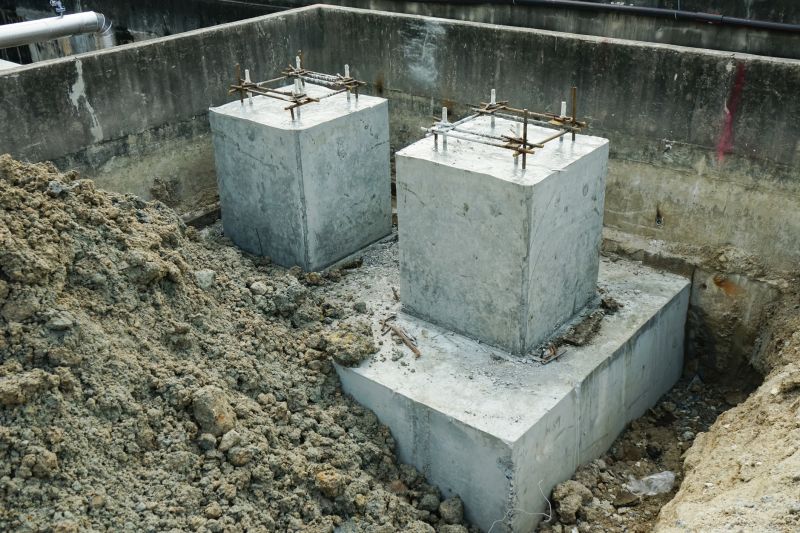
High-quality concrete, steel piers, and carbon fiber reinforcement are commonly used.

Restores structural integrity, prevents further damage, and enhances property value.

Small tweaks to make Foundation Repairs safer and easier to use.

Lower-waste or water-saving choices for Foundation Repairs.

The short, realistic tool list for quality Foundation Repairs.
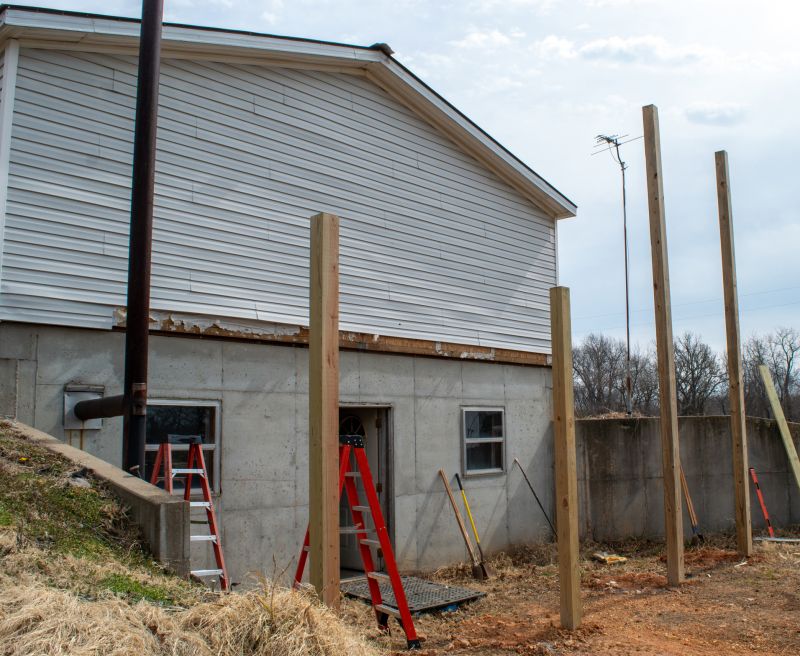
Rough timing from prep to clean-up for Foundation Repairs.
Understanding the optimal timing for foundation repairs can significantly impact the longevity and success of the work. Proper seasonal planning minimizes complications arising from weather and soil conditions, ensuring more durable results.
Interested parties are encouraged to contact for detailed assessments and tailored repair solutions. Filling out the contact form can facilitate scheduling and further inquiries about foundation repair services in North Ridgeville, OH.


